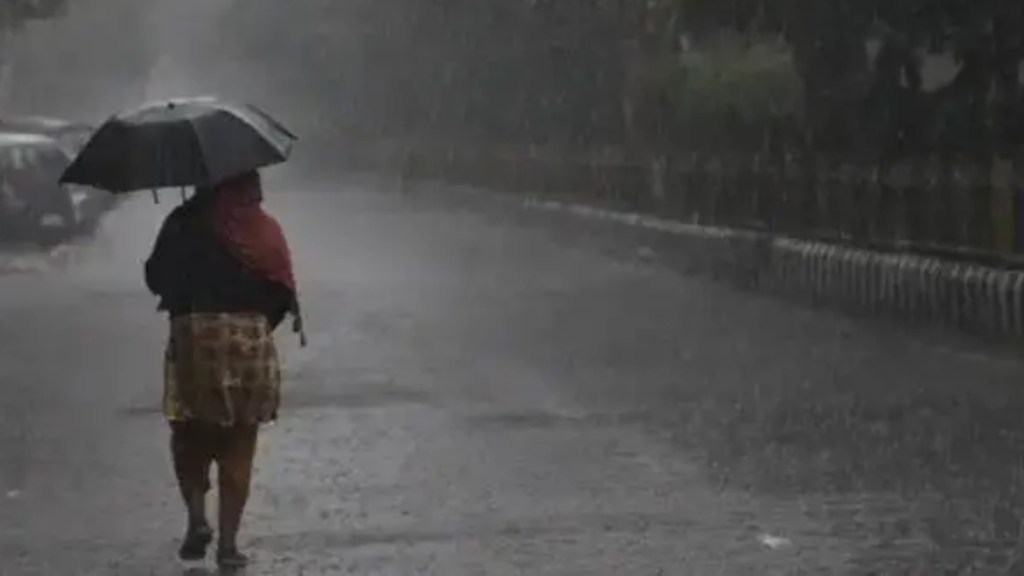The timely onset of southwest monsoon (June-September) over Kerala and northeast India bodes well for the Indian economy and a healthy, well-distributed rains will help lift agriculture incomes by bolstering rural demand, said economists. Rajani Sinha, Chief Economist, CareEdge, said, “The monsoon’s early arrival and expectations of an above-normal monsoon this year bode well for the Indian economy. A good monsoon will replenish water reservoir levels, supporting farm output and the rural agricultural sector. This holds significance as in the last year, the agricultural growth was impacted by El Nino induced weather-related events, and reservoir levels remained low in parts of the country, especially southern India.” The previous year’s monsoon season was impacted by the El Nino effect, which impacted the Indian economy and financial markets equally.
The Indian Meteorological Department on Thursday announced the onset of Southwest monsoon over Kerala and northeast India, responsible for over 70 per cent of the nation’s annual rainfall. The monsoon hit the country’s mainland two days in advance against its normal date of onset on June 1. The IMD stated that “La Nina weather conditions are seen developing during July-September”, indicating that India is “likely to experience normal rainfall (92-108 per cent of the long-period average of 166.9 mm) in June”.
Dharmakirti Joshi, Chief Economist, CRISIL Limited, “All eyes are peeled on the south-west monsoon, which has debuted in Kerala and the north-east. Healthy, timely and well-distributed rains can lift agriculture incomes by bolstering rural demand, which was impacted in the past fiscal and is currently showing some signs of revival. Robust crop output can control food inflation that has been hovering above 8 per cent for six months. Combating food inflation, with non-food inflation already being low, can provide policy room for interest rate cuts.”
Besides supporting agricultural growth and rural demand, a good monsoon will also positively affect the inflationary environment. “The erratic monsoon last year had resulted in higher food inflation, which has averaged 7.9 per cent over the last six months. A good farm output will help moderate inflationary pressures in the food basket and hence can have implications for monetary policy decisions. Lower inflationary environment will also support the demand side of the economy. However, the temporal and spatial distribution of the monsoon would be critical factors to monitor going ahead,” said Rajani Sinha.
Sanjeev Agrawal, President, PHD Chamber of Commerce and Industry, said, “The market momentum indicators such as high growth of GDP, forecast for the positive monsoon behaviour, softening inflation and fiscal direction are moving in tandem and supporting India’s lucrativeness to the global investors.”
Earlier this week, the IMD reaffirmed its April prediction of above-normal rainfall for the 2024 southwest monsoon, forecasting rainfall at 106 per cent of long period average (or LPA) between June and September, with a model error of ±4 per cent. In its April 9 forecast, Skymet too, had predicted rainfall at 102 per cent of LPA for the season. The weakened El Nino conditions are expected to allow La Nina conditions to develop in the latter part of monsoon. La Nina, following El Nino, generally favours the Indian monsoon, according to data of the past 72 years studied by the IMD. At present, the Indian Ocean Dipole is neutral and likely to turn positive (benefitting Indian monsoons) in the latter part of the season.
Furthermore, per Skymet’s forecast, there is a risk of deficit rains in Bihar, Jharkhand, Odisha, and West Bengal during the peak monsoon months of July and August, while the northeast, in general, is expected to see ‘less than normal rains during the first half of the season’. It expects good rains in the south, west and northwest regions, and adequate rainfall in Madhya Pradesh and Maharashtra.
The IMD forecasts normal rains in June, but above-normal temperatures in most parts of northwest and adjoining areas of central India that could cause some disturbance. “Rainfall in July and August is crucial for agriculture, as most sowing activities take place during this period. However, the fields are ploughed and sowing begins in June. Above-normal temperatures predicted in the month could impact the availability of labour or the ability to work under extreme conditions. High temperatures also bring other challenges such as further depletion of reservoir levels—which are already 24 per cent below capacity—due to faster evaporation,” stated a report by CRISIL.
Further, the report stated that of the states expected to receive deficit rains this year, Jharkhand, Bihar, West Bengal and Odisha require monitoring as they were impacted last year as well. Rice, tur and coarse cereals warrant a closer watch as last year’s uneven rains impacted production and pushed up inflation rates for these crops. Rice, for instance, saw an average inflation rate of 12.2 per cent in fiscal 2024, tur 33.4 per cent and coarse cereals 10.9 per cent in 2023-24.


